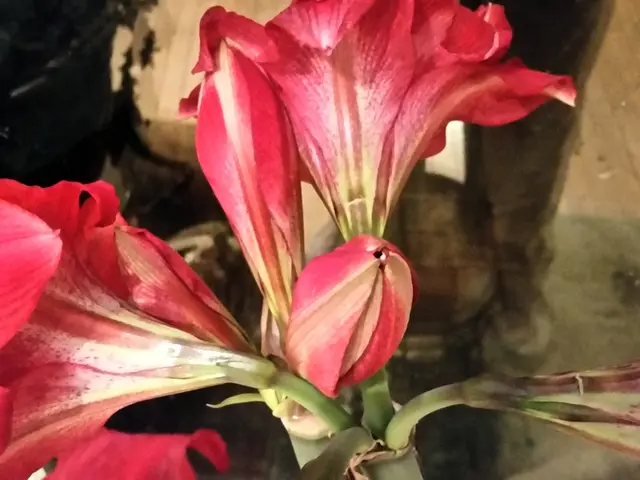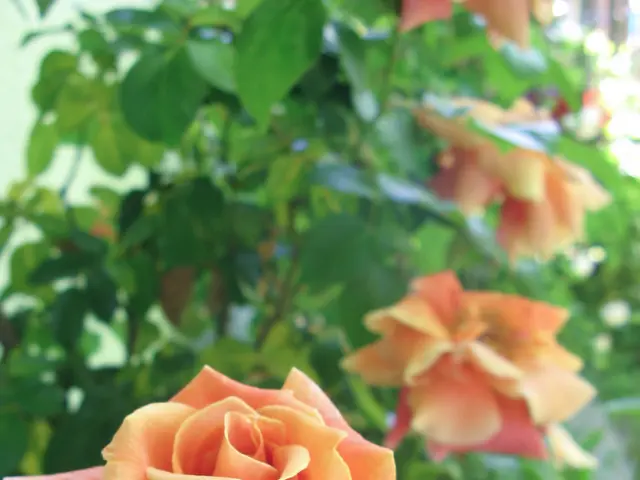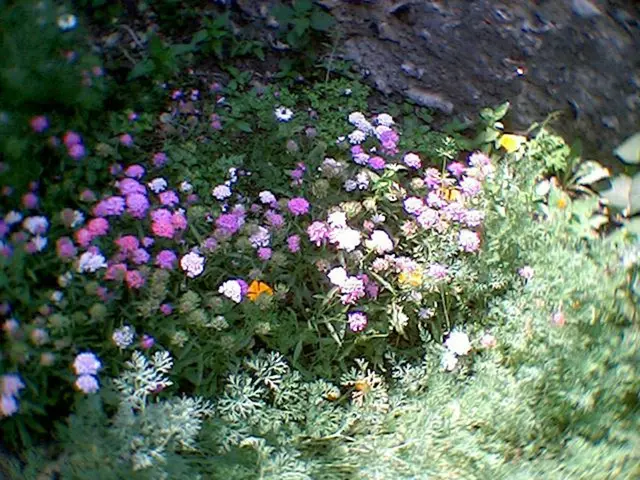Homemade Plant Supports for a Rustic Cottage Garden Style: Tips and Steps to Follow for Peony Blooms
Blooming with Natural Support: A gardener's guide to creating organic peony supports
Embrace the Charms of Peonies with their magnificent blooms, but remember they tend to droop, making early spring stake prep necessary to amplify their splendor. delve into the art of peony supports, as demonstrated by renowned gardener Troy Scott Smith from Sissinghurst, by using flexible and eye-catching hazel rods instead of conventional metal supports.
Witness how Troy skillfully crafts an enticing dome-shaped support system for peonies from scratch in this captivating video.
Your Gardening Journey:
- Discovering the Perfect Plant Supports
- Peony's Best Companions: Top-notch Peony Plant Supports
- Rising Stars: The Best Climbing Plant Supports for 2023
- DIY Garden Wonders: Craft Your Own Plant Supports and Protection
Troy explains the thought process behind his signature support method for peonies and shows you how to select four straight hazel rods from a collection of lengths. Drive the first rod into the ground a bit away from the peony plant's root, bend over the foliage, cut it to the right length, and then bend it into an arc, before pushing the other end into the ground.
Troy is mindful of compacting the soil beneath the plant, laying small boards on the soil to protect it. He prepares the subsequent hazel rods by easing the tension in the hazel a bit, bending it along the length to make it easier to shape, and then places the second rod across the plant, at a right angle to the first.
Add the third rod to the structure, and secure the bent hazel rods together by wrapping twine around them. Troy concludes by adding the final hazel rod, sharing a nifty gardening technique – saving twine by keeping the length of uncut string attached to the spool until it's tied off.
The completed hazel dome serves as a pretty and natural peony support, suitable for various herbaceous perennials, and Troy envisions setting them up as early as February in future seasons to bring incorporate appealing structure to the beds and borders.
Quick Fixes:
struggling to find hazel for your support structure? Discover our top picks for the best peony supports to buy.
Unearth further insights and watch Troy skillfully design his enchanting, natural peony support system in the video.
Crafting a Peony Support Masterpiece with Troy Scott Smith
Enrichment Data:
Essential Support Guide:To create a beautiful natural support for peonies using hazel rods and twine as demonstrated by Troy Scott Smith, follow these easy steps:
- Use Corylus avellana hazel rods due to their sturdiness and natural appearance.
- Pick supports substantial enough to accommodate the peony stems.
- Plant the hazel rods in the ground when the peony stems have grown about two-thirds in height.
- Extend the stakes around 10 cm above the plant's top.
- Loosely tie the peony stems to the hazel supports with garden twine, ensuring the support stands the plant up while still enabling the peony to maintain its natural shape.
- Consider staking at the right moment: too early makes the support too noticeable, while staking too late may cause the stems to collapse.
- If the peony stems seem weak at the base, insert a short stick below for additional support.
This unobtrusive yet effective method lets peonies grow with a natural shape, avoiding artificial or overly rigid structures[1]. Troy Scott Smith recommends Nutscene garden twine for securing stems, as it is strong yet flexible, facilitating the adjustment and shaping of plants without causing damage[3].
In essence, to craft a natural peony support:- Insert hazel rods when the stems have grown two-thirds.- Extend stakes 10 cm above the plant.- Tie stems loosely with garden twine.- Arrange the support to hold the plant upright without altering its natural form.
Embrace this sustainable and aesthetically pleasing support system for peonies inspired by Troy Scott Smith at Sissinghurst.
- Discover the artistry of Troy Scott Smith's peony support system, using flexible and organic hazel rods, as presented in the "Essential Support Guide."
- To incorporate stunning structure into your home-and-garden lifestyle, learn how to craft a natural peony support with Durable Corylus avellana hazel rods and strong yet flexible Nutscene garden twine.
- For a sustainable approach to gardening, opt for the eye-catching natural support system for peonies, securing blooms without compromising their beauty, as demonstrated by renowned gardener Troy Scott Smith.








